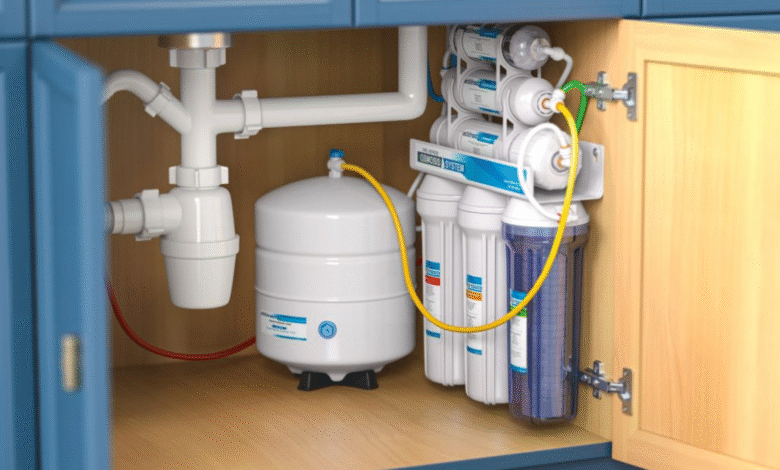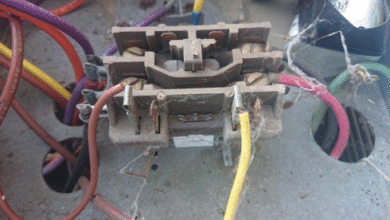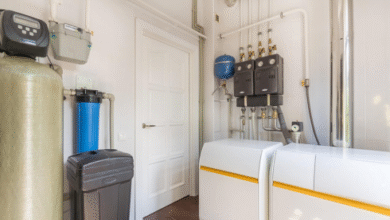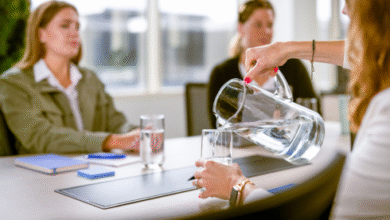Salt or Potassium? The Unsung Dilemma in Southern Utah’s Soft Water Quest

Let’s be real—most people don’t give their water softener a second thought until something goes wrong. Your dishwasher starts leaving cloudy residue, your skin gets dry and itchy again, or you notice your favorite faucet looking like it’s growing crystals. Welcome to hard water problems. And if you live in southern Utah—particularly St. George—you know they’re not just occasional. They’re constant.
That’s why water softeners are almost standard down here. But once you’ve got a system in place, you’ve got to make a choice: do you go with good old-fashioned salt… or spring for potassium?
The water softener salt vs potassium debate may not be as spicy as politics or as divisive as pineapple on pizza, but it’s worth your attention. Especially when it comes to your home, your health, and yes—your wallet.
The Basics: Why Soften at All?
St. George and most of Utah sit atop some seriously mineral-rich terrain. It’s great for natural beauty, not so great for your plumbing. Hard water, loaded with calcium and magnesium, causes buildup in pipes, reduces appliance life, and makes soap basically useless.
Water softeners solve that by removing those hard minerals through ion exchange—replacing them with something softer, like sodium or potassium ions. The question is, which one makes more sense for you?
The Case for Salt (Sodium Chloride)
Salt has been the workhorse of water softening for decades. It’s effective, budget-friendly, and available just about everywhere. If you’re the kind of person who appreciates a practical solution that works and doesn’t empty your wallet, salt might be your go-to.
Pros of salt:
- Affordable: Salt costs significantly less than potassium—up to 3-4 times less in some cases.
- Efficient: Sodium regenerates the resin bed effectively and requires fewer refills.
- Reliable: Tried, tested, and familiar to most softener systems.
But what’s the downside? Well, sodium. While the added sodium in softened water is minimal—probably not even enough to register on your taste buds—it can be a concern for people with certain dietary restrictions. Plus, salt discharge isn’t exactly plant-friendly, so watering your garden with softened water may not go over well.
The Case for Potassium (Potassium Chloride)
Potassium is the newer, greener kid on the block. It does the same job as salt—swapping out those stubborn hard minerals—but it does so with a friendlier profile, especially for the environment and your body.
Why some folks choose potassium:
- No sodium added: Great if you’re watching your intake for health reasons.
- More eco-friendly: Potassium is a plant nutrient, so the softened water is less harmful to soil and landscaping.
- Same end result: You’ll still get soft water—it just might cost a little more to get there.
And yes, there’s the rub. Potassium chloride tends to cost more, both per bag and because your system may need to regenerate more frequently due to its slightly lower efficiency.
So really, it’s a question of priorities. Health and environmental consciousness versus cost and convenience.
And What About St. George?
Here in southern Utah, hard water isn’t just an annoyance—it’s a fact of life. The mineral levels are so high, you can practically hear your pipes groan. That’s why so many homes have softeners installed before the paint dries.
But in terms of water softener St George Utah solutions, salt is still the top pick. Why? It’s widely available, it works well with the ultra-hard water found here, and most local plumbing and hardware stores carry it by the pallet. For many homeowners, the simplicity and cost make it the clear choice.
That said, as more people become conscious of the environmental impact—and as landscaping becomes an even bigger concern in this drought-prone region—potassium is picking up steam. Local suppliers are starting to stock it more consistently, and you’re likely to see it in newer, eco-conscious developments around town.
The Hybrid Approach
Here’s something you don’t hear often, but it’s worth considering: why not do both? Some homeowners in Utah use salt most of the year but switch to potassium during the summer when watering gardens and lawns. It’s a nice compromise—balancing cost with environmental consideration.
Just remember, if you do switch back and forth, empty the brine tank before changing products. Salt and potassium don’t always mix well and can lead to clumping or reduced effectiveness.
A Final Pour of Advice
Whichever you choose—salt or potassium—you’re already ahead by having a working softener. Your water will feel better, your soap will lather, and your appliances will last longer. But don’t just toss a bag into the tank and forget about it. Like most things in your home, your water softener needs regular attention to run well.
Check salt or potassium levels monthly. Clean the tank every year or two. And if your water still feels “off,” consider having it tested—you might need a system adjustment or a secondary filtration layer.
So next time you’re walking past those massive bags at the hardware store, don’t rush the decision. That humble little choice can have a big impact on your water, your home, and your peace of mind.
Because in the end, soft water isn’t just about eliminating buildup—it’s about building a better daily life.




